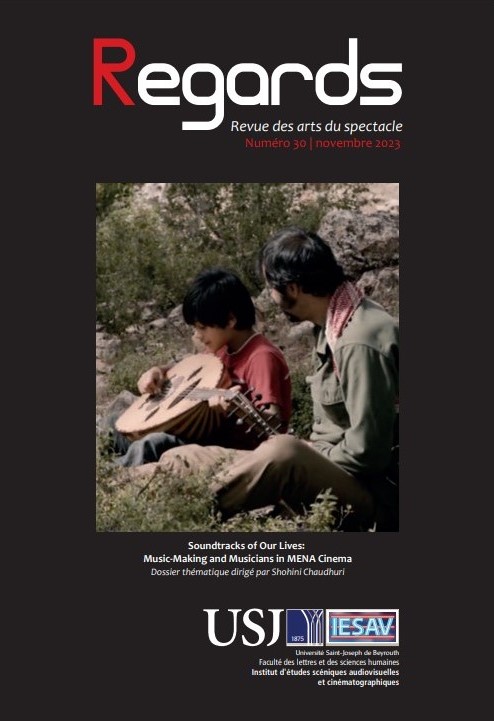Résumé
Cet article explore les restrictions imposées à la création musicale et leurs implications plus larges dans la société post-révolutionnaire en Iran, en se concentrant sur l'étude de cas du célèbre film "Santouri" de Dariush Mehrjui sorti en 2007. Le récit du film met en évidence la censure de l'État sur la musique et le cinéma après la révolution de 1979, ce qui reflète les tribulations du film lors de sa production et de sa diffusion non officielle ultérieure. En général, les limitations imposées à la musique populaire, localement connue sous le nom de "musiqi-e pāp", sont devenues un sujet important, exploré ouvertement ou subtilement dans le contexte de la narration cinématographique. Je discute du fait que le film sert de miroir révélateur des attitudes complexes et ambivalentes envers la censure prévalant dans la société iranienne, englobant à la fois sa population et les autorités dirigeantes. Cet article offre une analyse de l'interaction entre la musique, la censure et les dynamiques sociétales dans l'Iran post-révolutionnaire.

